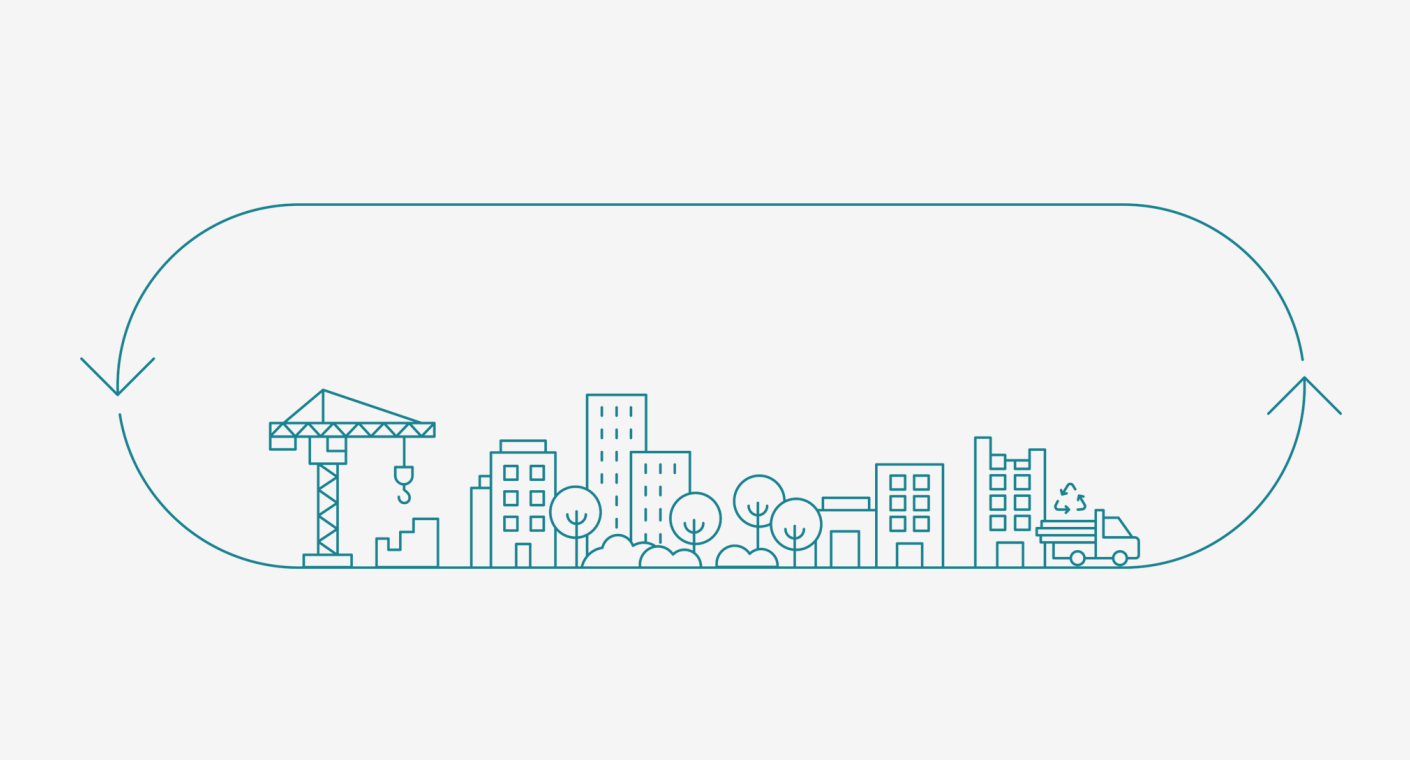The climate impact from the production of building materials is high. One of the most important pieces of the puzzle in our work to reduce climate emissions and contribute to a more sustainable society is therefore to focus more on circular construction such as reuse and conscious choice of materials.
One of our high sustainability goals is to halve our CO2 footprint by 2030 and we are working systematically to achieve this. To scale up the work with recycling, we have:
- established a recycling strategy,
- started a warehouse for reused materials, our Reuse Hub, and
- adopted a reuse target which means that all our remodeling projects must meet a circularity index of at least 20 percent*.
*The goal means that at least 20 percent of the construction material supplied to a project must be either reused material, material with recycled and/or renewable content.
Building for the future
An example of building for the future is to focus on architectural quality that stands the test of time. Creating environments that can change over time with the help of flexible solutions that make remodeling more efficient, facilitate shared use and enable different areas of use. It is also about creating future conditions for circular material flows in all our projects. We do this by choosing materials with a long service life that can be repaired and dismantled and that are suitable for reuse or material recycling.










